Apple's follow-up to the Apple Vision Pro could improve upon an already pretty solid design. Here's what's been rumored about Apple's continued pushes into Spatial Computing.
Since the launch of the Apple Vision Pro at WWDC 2023 and the release of the headset in February 2024, Apple has enjoyed some success with its headset. It's been celebrated for its design and how it can help in industries such as medical care.
However, as a $3,500 mixed-reality headset that's still in its first generation, it has also struggled a bit to secure sales.
As with pretty much every product Apple produces, after launch, the rumor mill's attention gravitates towards the next version of the device. Here's what the speculation about Apple's headset follow-up says is on the way.
Double Apple Vision
Apple is never working on only one generation of device. It has the luxury and financial ability to have multiple products in development.
Even in the early days of headset rumors, Apple was said to be working on multiple headset designs. For example, in late 2022, it was said Apple had two headsets in the works beyond the first headset release, as well as the rumored Apple Glass smart glasses.
Supposedly under the codename "N602," the second-generational release was said to consist of two variants. One version would provide an improvement over the first Apple Vision Pro to consumers, as a premium option.
The other, the more consumer-grade edition, would be a low-priced alternative, potentially changing the specification to cut costs.
A year later in November 2023, the rumors continued the narrative of there being a premium follow-up with high specifications. A second mass-market edition with a lower price was also expected.
Half the Apple Vision Pro cost
That November 2023 report indicated that the consumer-grade version of the Apple Vision Pro follow-up could end up being a lot cheaper for Apple to make.
While the report doesn't state a price to consumers, the ultimate price tag would depend on what Apple could do to cut the cost of production.
It was claimed that Apple aimed to reduce the Bill of Materials down to half of what the Apple Vision Pro costs.
In October, it was proposed the cost could be brought down to between $1,500 to $2,500, thanks to some considerable hardware trimming.
By May 2024, leakers were reiterating the $1,500 to $2,500 price tag.
Apple Vision's specifications diet
To bring the cost down, Apple has to make significant cuts to some of its highest-priced components.
In June 2023, a report proposed that the three highest costs are the camera and sensor array, the use of two Apple Silicon chips, and twin 4K microLED displays.
These cuts could take the form of using fewer external cameras for the sensor array than used in the Apple Vision Pro. Apple could also replace the dual chips for a single Apple Silicon chip, or even an A-series version as used in its iPhone lineup.
The displays could also be switched to slightly lower-resolution versions.
A simpler headband design, the use of AirPods for spatial audio, the loss of the 3D camera feature, and removing automatic interpupillary distance adjustments could also be on the block.
However, while the report offered that the external EyeSight display would remain, the outlet changed its tune by October. Instead, the screen would be removed, saving costs.
Apple Vision may not be self-sufficient
The Apple Vision Pro is known as an all-in-one device, in that it can work independently of other hardware. Unlike earlier VR headsets, it doesn't need to be tethered to a host that can handle most of its processing.
That may not be the case for the next version. As part of the cost-cutting and weight loss for the headset, Apple may need to look to using a host device.
In June 2024, a report claimed that the Apple Vision could end up being a tethered piece of hardware, connected to an iPhone or Mac.
For Apple, this would not only cut the cost by reducing onboard processing, but it would also build a "tier" system into the range. While the Apple Vision Pro models could be working on their own, the non-Pro could be the tethered versions.
Next Apple Vision in 2025 — maybe
The next iteration of the Apple Vision Pro could end up being closer than people think. At least, according to some reports.
In February 2024, Bloomberg offered that there could be at least 18 months from the date of publication until a new headset is introduced. That would put a headset launch in late summer 2025.
However, the report doesn't go into detail about the timing, nor whether it is a hunch or based on external sources.
By June, there were claims that Apple was reaching out to manufacturers of small OLED-on-Silicon panels for a new mixed-reality headset. While Sony is a current supplier for the Apple Vision Pro, Apple had apparently sent a request to its usual display partners LG and Samsung.
The report at the time said that the panels would measure 2 to 2.1 inches in size, larger than the 1.42 inches of the Apple Vision Pro's panels. However, they would also be just half the resolution, meaning they could be used in the consumer-grade version.
As for the second-generation premium model, June also saw claims from a supplier that work had stalled. However, progress on the consumer-grade model was still ongoing.
A weight lifted
While the specifications, features, and pricing of the headset are still largely unknown, one thing that should change is the weight.
Before the release of the Apple Vision Pro, a report claimed the current version was determined to be "too heavy for some users" in testing. Neck strain complaints were apparently raised by testers.
This was a sentiment shared by AppleInsider itself with its own trial of the device. After an hour and a half of use, "light neck fatigue" was encountered.
The complaints have apparently been taken onboard by Apple, and will be a factor in the production of future headsets.
The next Apple Vision could still leave a hole in your wallet, and may not necessarily offer the same performance as the first headset outing. At least you won't be in as much pain.
 Malcolm Owen
Malcolm Owen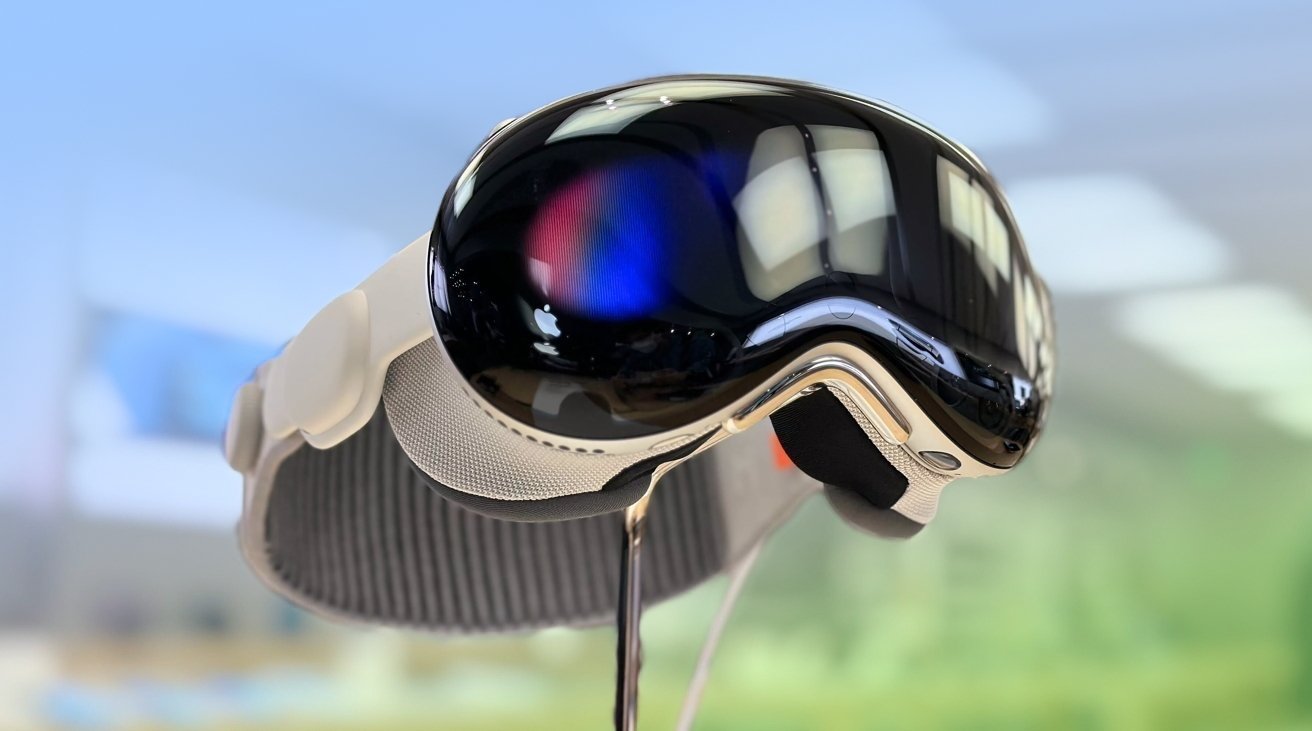
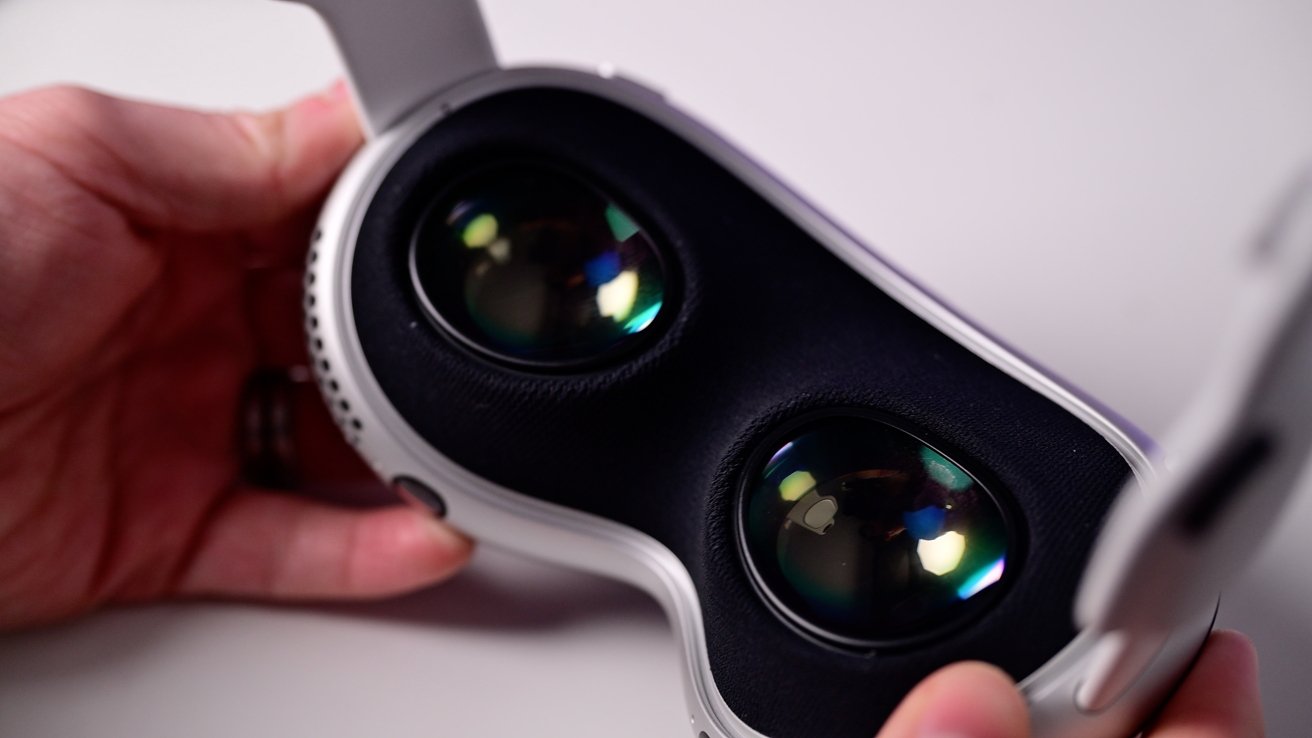
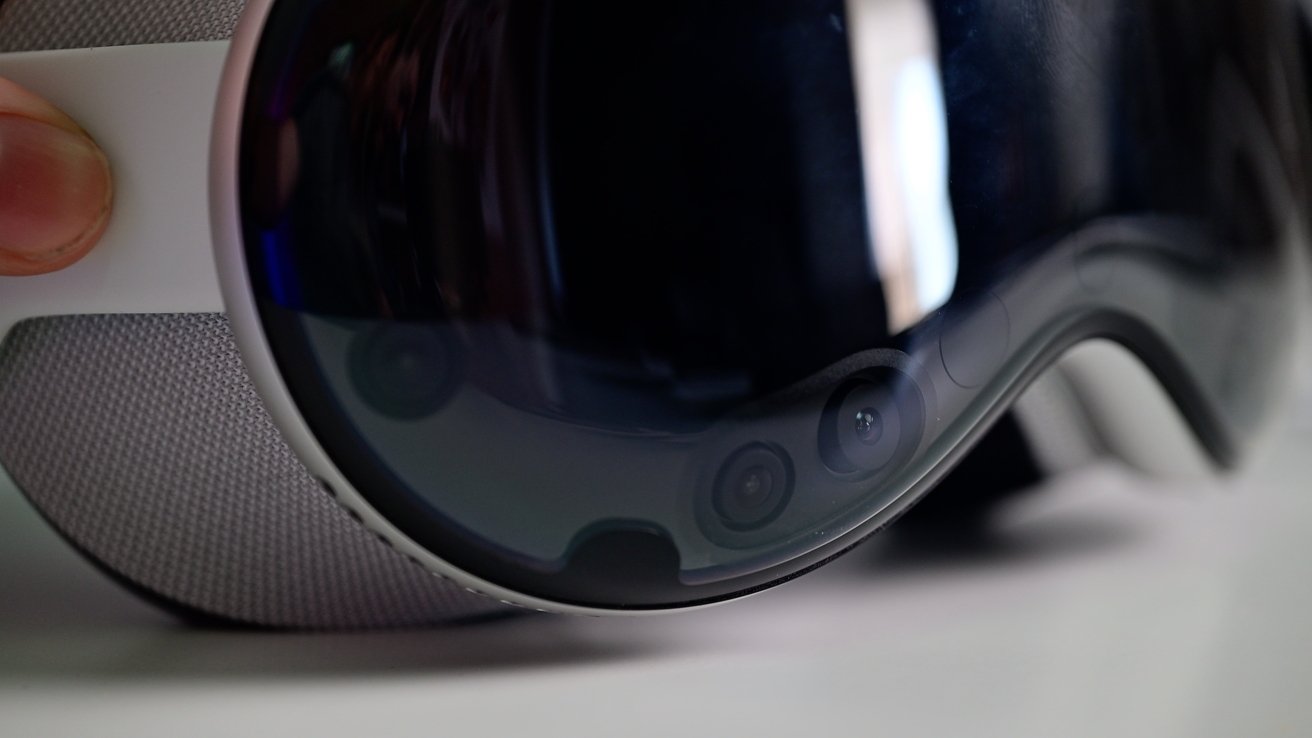
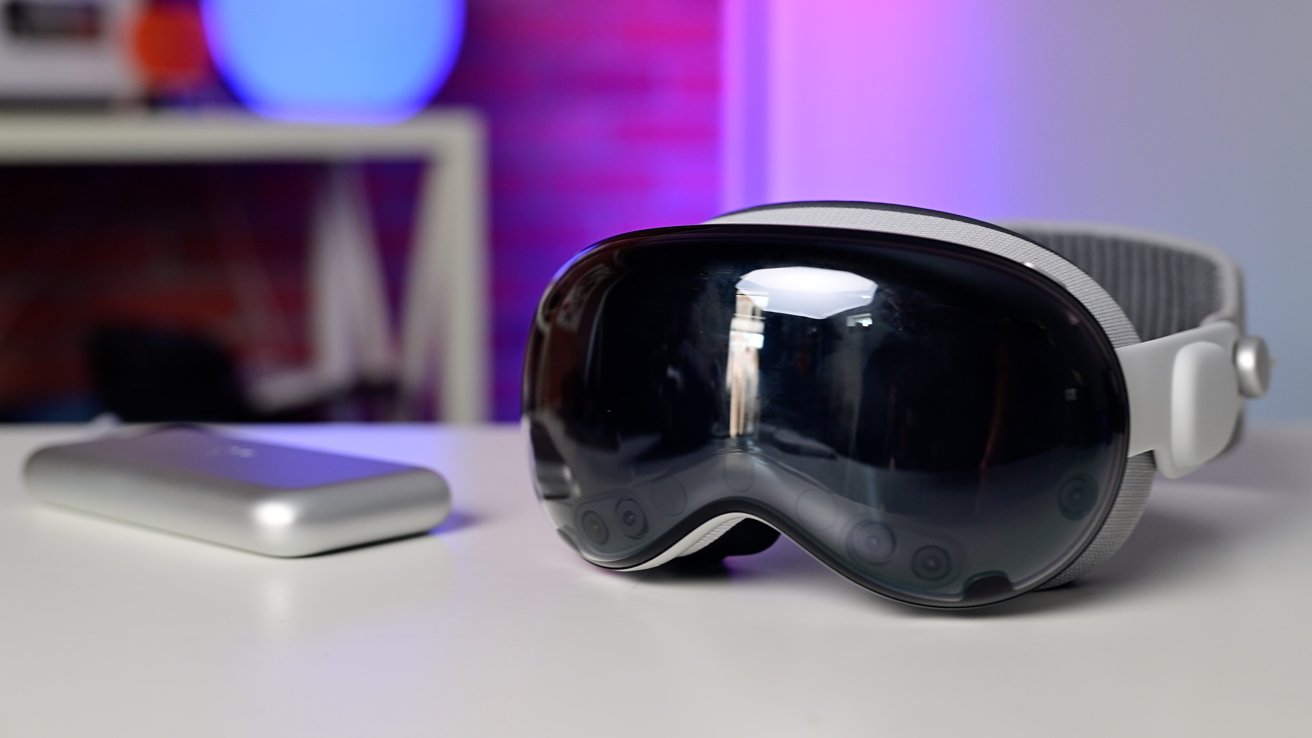
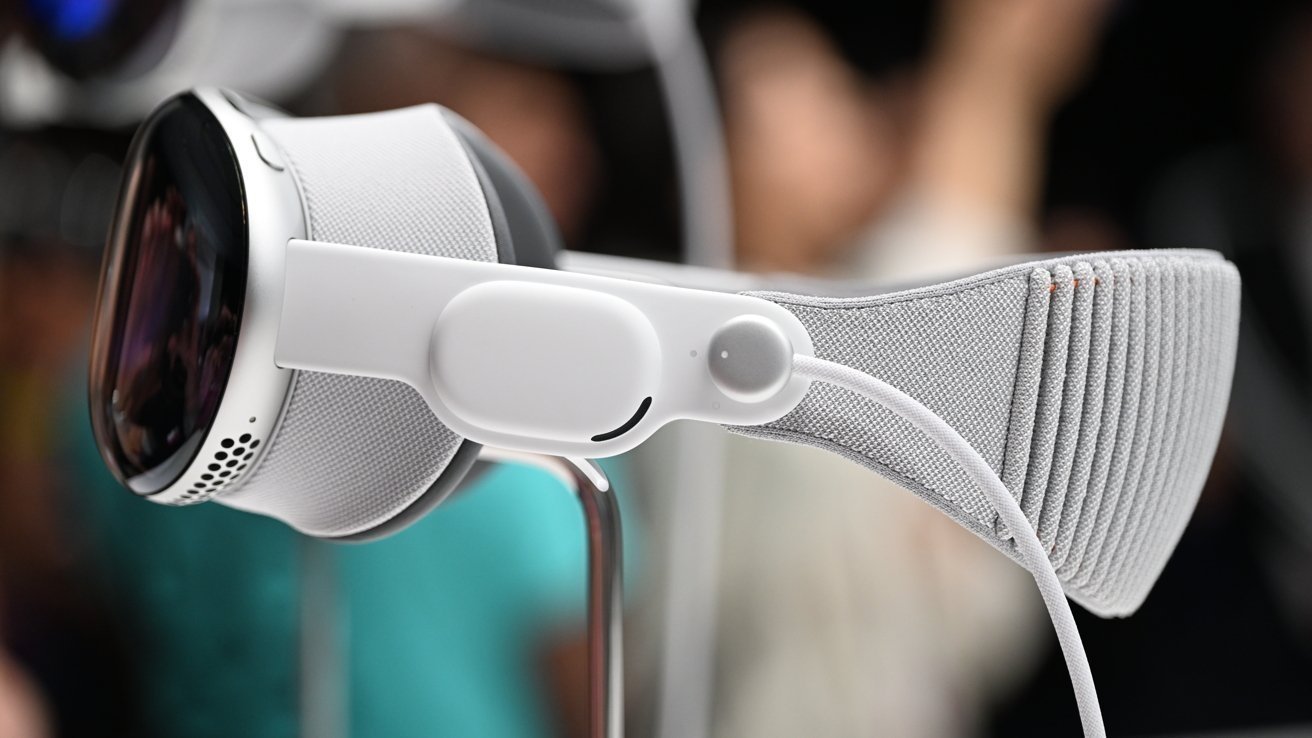







-m.jpg)





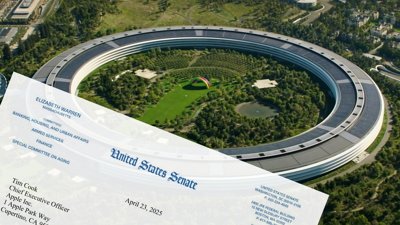
 Wesley Hilliard
Wesley Hilliard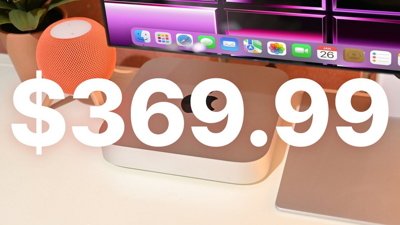
 Christine McKee
Christine McKee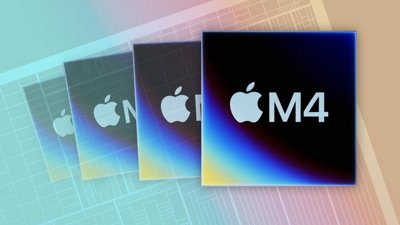
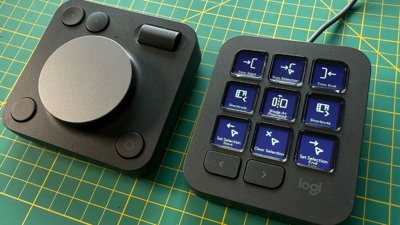
 William Gallagher
William Gallagher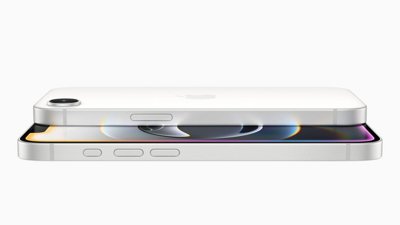
 Andrew Orr
Andrew Orr

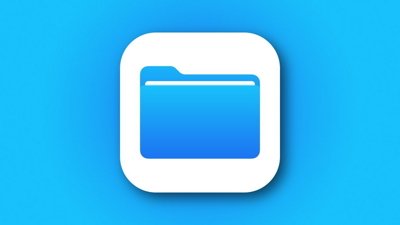




-m.jpg)




26 Comments
Adaptive optics (focal distances change, depending on what you’re looking at within the scene) is something that Apple really needs to add to make VR/AR viable for long sessions.
Play For Dream MR is the perfect example than you can make a huge device for less money, but we know apple B)
When anyone… tries to predict the future… I just remember him/he a couple of things.
1— Alan Kay —famous American scientist— uses to say: “The best way to predict the future is inventing it.” That is what Apple does!
2— Before predicting the future… say 5 years in advance… please do the following test.
See yourself in July 2019. Did you imagine that by now… we have Apple Silicon devides? And that we are int 4th versions of them? (If you are honest with yourself… you will admit that you thought we would still be on Intel!)
Did you think that Apple would deliver a complete developed Vision Pro?
Did you think that Apple would deliver… small things… like Emergency SOS by Satellite?
Did you think that Apple would present… Apple Intelligence… with the privacy-protecting Persons Cloud Compute?
I'm sure that… neither you nor me… thought that things in 2019… maybe just one chip with Apple silicon.
After that test… rewrite your article!
I hope Apple doesn’t sacrifice display quality in an effort to make it cheaper